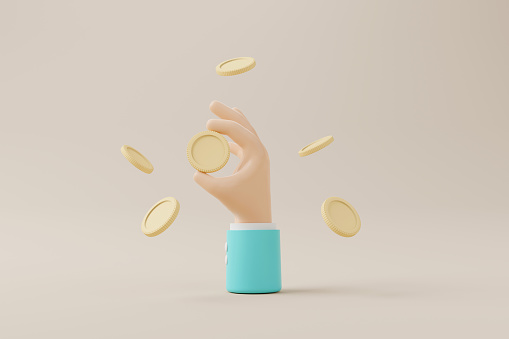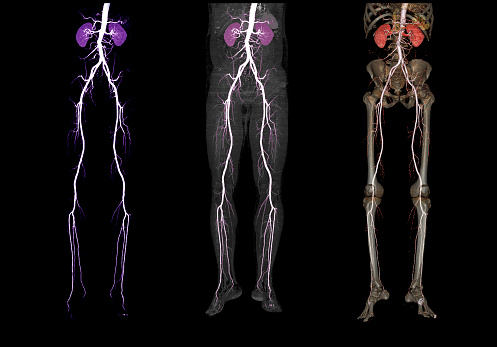What Is the Token Economy?
Token economies are a system for systematic reinforcement of target behaviors. The reinforcers are symbols, which can be exchanged for other tokens. Behavioral contingency management is a key element of token economy systems. The use of tokens to reward desired behavior is becoming a mainstream training method.
Behavioral contingency management
Token economy programs have shown a great deal of promise in helping children with conduct disorders. Such programs offer rewards for adhering to a set of rules. However, if they’re not coupled with a response-cost program of negative punishment, these programs may not have the desired outcomes.
Token economies are a common technique used in behavioral therapy. They reward behavior by exchanging a general reinforcer for a backup reinforcer. Interventionists often use this approach to teach specific skills. The flexibility of token economy systems makes them a valuable tool in the behavior analyst’s toolbox.
To begin implementing a token economy, it is necessary to identify the target behavior. This behavior can be reductive or desired, but it must be explicitly defined. It is also necessary to determine how many tokens should be awarded for specific behaviors. Once this process is established, the next step is to implement the behavior modification program.
A second step towards implementing this intervention is assessing the effect on classroom behaviors. Observations indicate that token economies with combined response-cost and reinforcement-based contingencies are more effective than token economies based on response-cost-only contingency. Using a token economy to assess behavior in schools may help students improve their learning and reduce their behavior.
Token economies can range from simple to complex, with various types of reinforcement. The goal is to encourage the desired behavior by exchanging a generalized reinforcer for a backup reinforcer. A token economy should begin with a continuous reinforcement schedule and gradually fade into an intermittent reinforcement schedule, ultimately leading to natural reinforcement provided by the environment.
Limited supply
One common concept in the token economy is the concept of limited supply. Whether a token is finite or unlimited, its capacity is a fundamental determinant of its value. A limited supply of a token can make it more valuable or less valuable depending on its utility. A finite token has a finite supply, and a limited supply is an advantage when it comes to trading in a token market.
A limited supply of a token allows for a tighter supply and higher volatility. A single token may be programmed to expire after a specific date and would then change from being fungible to non-fungible. For example, bonus points in a loyalty program usually come with an expiration date. Inbuilt deflation has also been a common feature in regional currencies, like the Worgl Schwundgeld in Austria during the 1930s. The aim was to encourage individual spending and discourage saving.
The creator of a blockchain may also decide to limit the amount of tokens in the system. This is done to create a sense of scarcity among the users. This is one of the most crucial elements of tokenomics. The token’s price is largely influenced by supply and demand.
While the general structure of the token economy remains the same, it has undergone a major update in June 2019. The text includes new chapters and more information about the Web3 and the decentralization of the network. The definition of a token is vast and is not limited to cryptocurrencies. It can represent any asset or access right.
Another type of token is an inflationary token. Inflationary tokens will continuously be created over time. Their supply may not be liquid. Some of them may be issued yearly, while others will be perpetual. The inflationary model is the most closely related to fiat currencies. However, it may also lead to a deflationary effect as tokens can become hoarded.
Token economies can be simple or complex. The key to a successful token economy is to have a clear thinning of the reinforcement schedule over time. The thinning of the reinforcement schedule should be gradual and not too drastic.
Leveled programs
Token economies often feature a leveled system, in which clients pass through several levels. The first level of the program involves behaviors that require no token reinforcement, and the subsequent levels require more complex behaviors. The progression through these levels is rewarded by the availability of desirable reinforcers.
Token economy systems are widely used for behavior modification, and they often employ an operant conditioning strategy. These strategies have the benefit of not only addressing underlying problems, but also curbing disruptive behavior and improving the overall performance of students. However, there are concerns with using the system. The following article discusses some of these concerns.
Token economies also allow for a more structured way to thin the reinforcement schedule. When children progress from a dense reinforcement schedule to a thin one, they may exhibit reduced responding. However, using a Token Economy can help mitigate this response effort effect, by providing lower quality reinforcers in between the dense reinforcement.
The implementation of a token economy system in a classroom has many benefits. For instance, students’ disruptive behaviours in class were reduced. Furthermore, students’ interest in the class increased. A teacher’s questionnaire also showed that the program worked well with certain groups of students. For example, tokens seemed to have a positive effect on males from more stable families.
A token economy system can also be used as a behaviour modifier. For instance, primary school students in Jamaica use a token economy system to decrease disruptive behaviour in the classroom. It may also be used as an effective method for reinforcing students’ understanding of delayed gratification. This method of intervention is the next step after implementing routine reinforcement methods.
A successful token economy system consists of six main components. These include a clear definition of target behavior, a solid system for exchanging tokens, a reliable data entry system, and a staff that is capable of performing the required tasks. The token economy system was initially implemented to improve academic achievement in mentally disabled students. Its application and wide applicability make it an important tool in the ABA toolbox.
The token economy is most beneficial for students who do not have disruptive behaviours in their class. The tokens were a major help to these students and also allowed them to focus more on studying. Furthermore, the presence of the tokens decreased the number of frequent bathroom breaks, resulting in a lower incidence of disruptive behaviours.
Flexible reinforcement schedule
In a token economy, the response rate to a flexible reinforcement schedule varies. It is a joint function of the contingencies and reinforcers. It is part of the sequence schedules, but it differs from other sequence schedules because it produces tokens, which the subject can exchange for other reinforcers.
A flexible reinforcement schedule can be useful for all age groups and reward levels. It allows parents to combine praise-oriented reinforcement with tangible reinforcement. It also allows for a more gradual thinning of the reinforcement schedule. Although the child may respond less when the reward is lowered, this effect is mitigated by the token economy.
This system is also useful for multiple children. Children become satiated with a given reinforcer if they receive it more than once. To ensure that this does not happen, it is essential to evaluate the child’s preferences frequently. In some cases, children may be able to tell you what they want without any prompting, while others may need a more systematic assessment.
Token economies are a very flexible and effective behavioral modification strategy. They promote clear behavioral expectations and encourage positive behavior. These systems have been used for decades and have a wide range of applications. With such versatility and applicability, token economies are a valuable addition to any behavior analyst’s toolkit.
Token economies use a variety of rewards to target behavior. They have been found to increase physical activity-related behaviors and to influence the intrinsic motivation of participants. The next step in using these systems is to gradually reduce the rewards as time goes by. In the short term, it is unknown whether the withdrawal of rewards will have a negative effect on exercise behavior or on intrinsic motivation.



